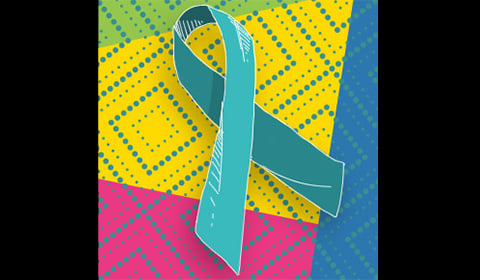What it is HPV
is not just one virus, it’s a family of virus types, some of which can cause genital warts, as well as other more ‘high risk’ illnesses, one of which is cervical cancer.
How you get it
Unprotected sex will make you a prime target for the various types of the virus. People usually don’t even know that they have the virus, so it’s best to always use a condom to be safe.
The symptoms
Genital warts are one way the sexually transmitted disease presents itself, so that’s something you should look out for. But the ‘high risk’ types of the virus usually do not produce any symptoms.
Treatment
The body’s immune system will fight off certain ‘high risk’ types of HPV, but if the virus sticks around in the system, then it may start to cause changes in the cells of the cervix. This can lead to cervical cancer.
There is a new HPV vaccine available called Gardisil which is a simple injection given in three stages. It targets four strains of Human Papilloma Virus:
- HPV-6 and HPV-11 – both are ‘low risk’ types and cause about 90% of genital warts.
- HPV-16 and HPV-18 – both are ‘high risk’ types and cause about 70% of all cervical cancer – this is why it’s so important to make sure you get a Pap smear every two years.
Most girls will be immunised at school. If you haven’t been, see your doctor.
The advice provided in this material is general in nature and is not intended as medical advice. If you need medical advice, please consult your health care professional.



















